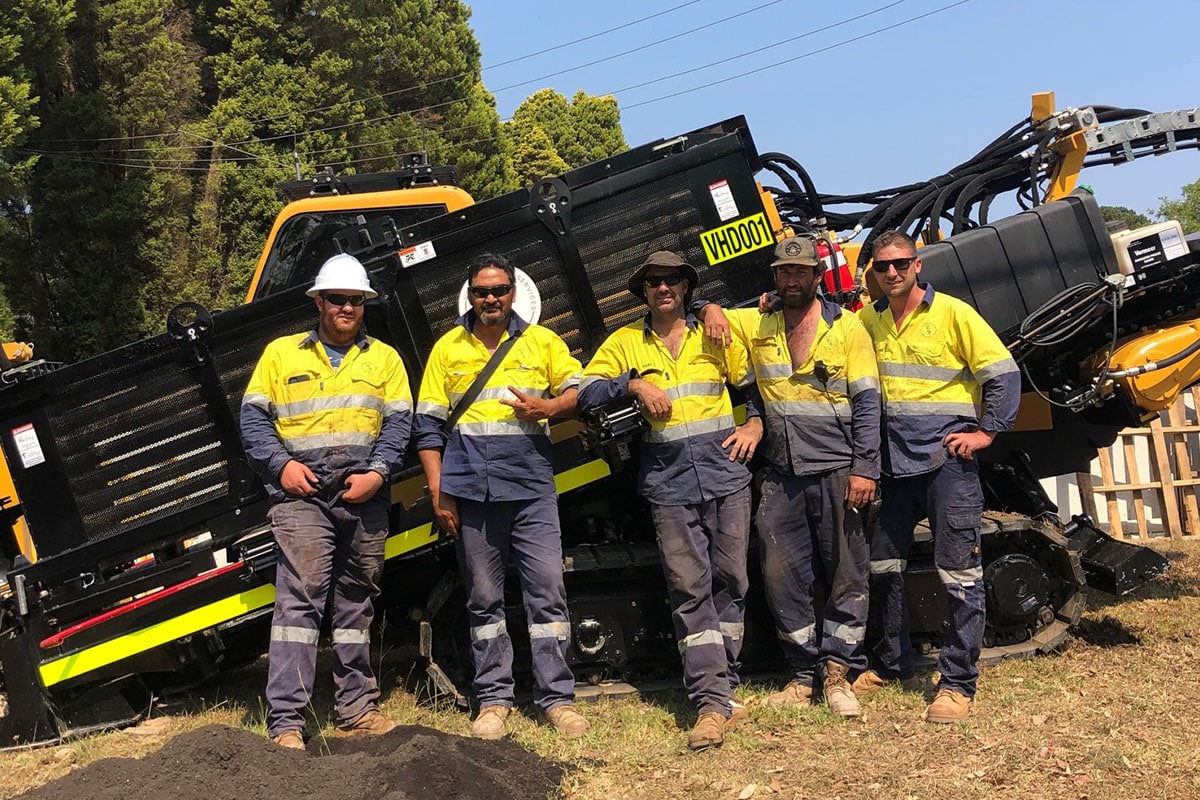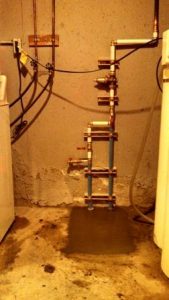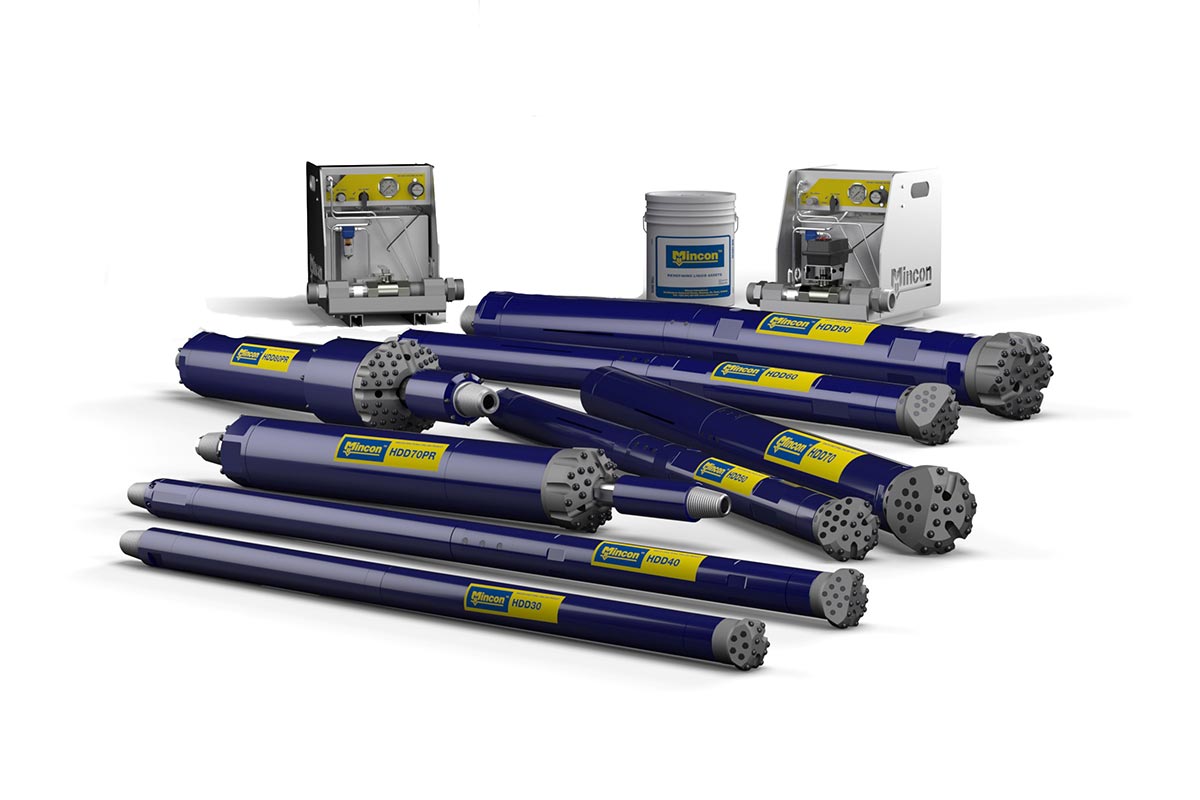

The consequences of such an action is a clogged sewer lateral followed by a plumber clearing the line and a gas explosion. There have been numerous incidents where contractors have drilled through sewer laterals followed by installing a gas line through the lateral. Remember that sewer and water lines are often overlooked and not marked because many states do not require all facility owners to be members of the one-call system.Īnother area of considerable concern that affects drilling contractors is that laterals to homes and businesses are not generally marked. Look for pedestals, pole risers, drops, manhole covers, storm drain outlets, meters, utility structures, etc. Buried cables may not have been installed in a straight line and excess cable loops are often buried.Īlways double-check the area around the drill path for any evidence of an existing utility that may not have been marked by the locator.

Pipelines may have valves, tees or other connections protruding into the drill path. Take extra care when planning a drill path parallel to an existing utility. Don’t expect them to tell you the depth of the utility. The only information you can expect to obtain from the Dig Safe locator is the approximate line on which the utility was installed. It is important for crews to remember that marks/flags on the surface of the ground only provide the approximate horizontal location of underground utilities. Hand dig or use vacuum excavation to expose existing utilities. Expose UtilitiesĪfter utilities are marked on the surface, they should be exposed at regular intervals along the drill line to ensure they are where they should be. Many directional drillers have drilled deep only to find that somebody else had the same idea before them. Just going deep under existing utilities is not the answer and often leads to serious problems. The drill head should be tracked by an experienced worker using a tracking device so he/she can direct the operator to steer the drill over, under or around the existing utilities.

Once the horizontal location is known and the utilities have been exposed to determine their depth at regular intervals along the drill path, the next step is to start drilling. Without a doubt, these are probably the two most important things an HDD contractor must do before beginning any job. Therefore, the first step in preventing damage is that the contractor must call Dig Safe or the local one-call center for a locate to get the existing utilities marked and physically identified. The biggest problem that all directional drillers face is striking existing underground utilities. As with open-cut utility construction, HDD has its share of hazards that must be controlled or eliminated in order to ensure worker and public safety. Although it does not eliminate the need for open-cut utility construction, it is another tool in the contractor’s arsenal of machines and methods.įrom the safety perspective, no method is perfect.

In some situations, HDD offers many advantages, including efficiency, speed, cost-savings and less disruption to the environment and traffic flow.
Trenchless directional drilling install#
In fact, many underground utility construction firms use HDD equipment to complement open-cut excavation to install utilities. Underground utility contractors are familiar with horizontal directional drilling (HDD).


 0 kommentar(er)
0 kommentar(er)
